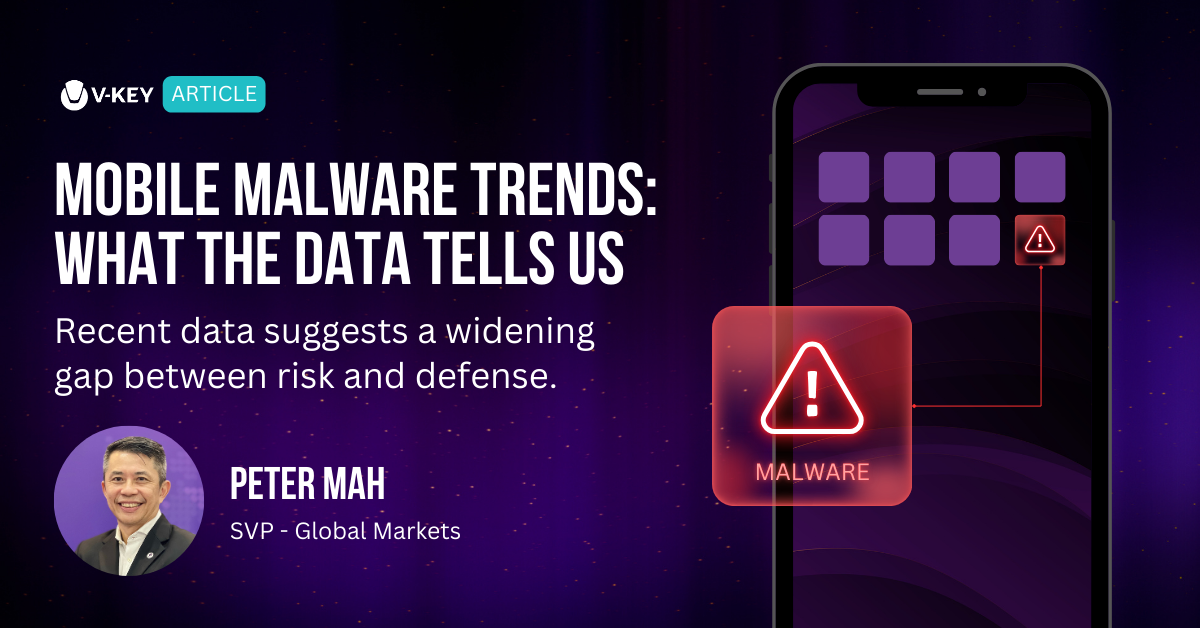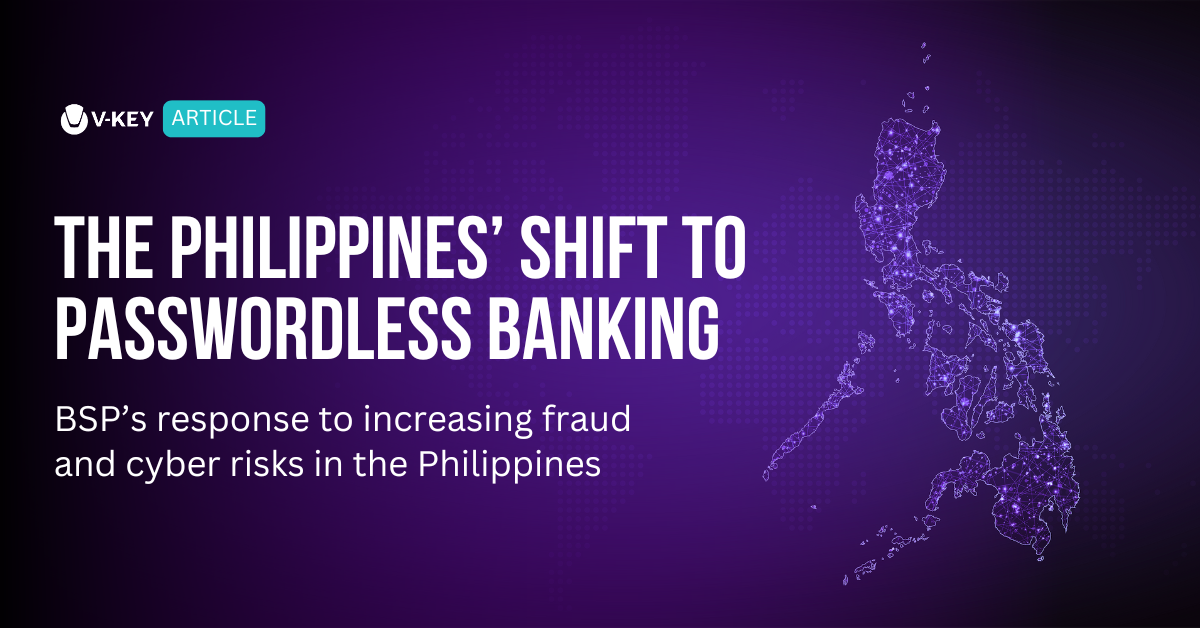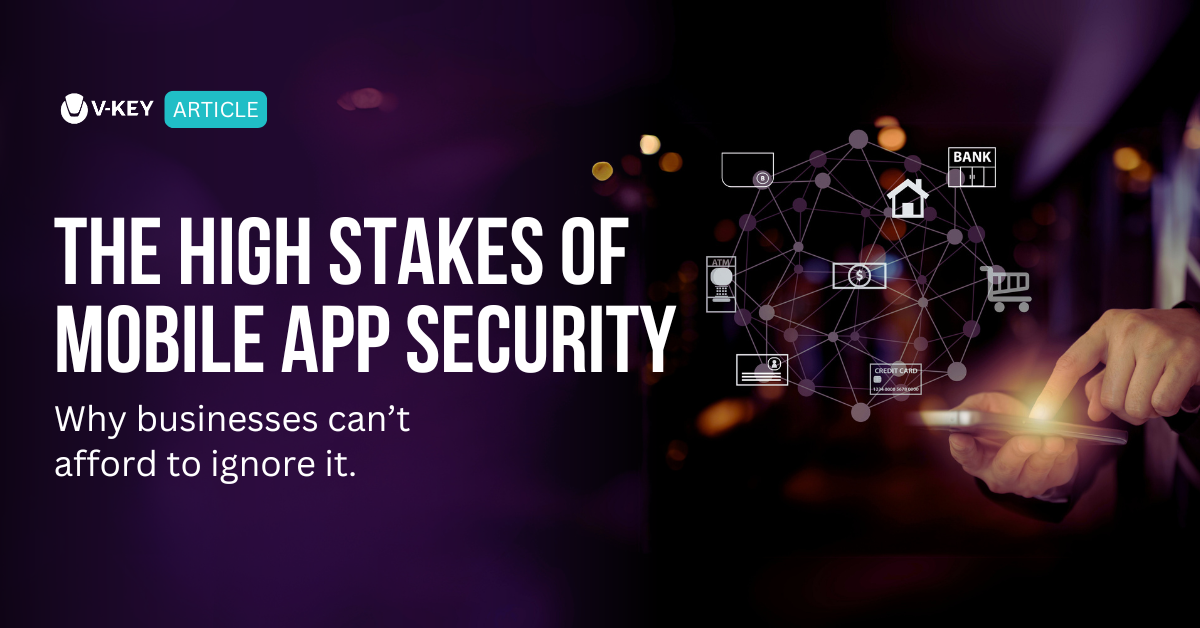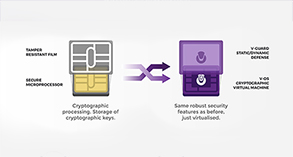
Mobile malware attacks are rising as mobile banking, digital payments, and remote authentication become mainstream. In 2024, over 33.3 million mobile malware attacks were recorded globally, according to a report by a security firm, underscoring the urgent need for stronger mobile security. Another study found that Trojan banking malware attacks nearly tripled this year, surging by 196% worldwide.
Cybercriminals are constantly refining their tactics, exploiting vulnerabilities in mobile devices to target industries such as banking, e-commerce, digital payments, and government services. The most prominent mobile malware threats in 2024 include:
Banking Trojans
Industries affected: Financial Services, Digital Banking, Fintech
These malicious programs disguise themselves as legitimate banking apps, tricking users into entering their login credentials. Once infected, attackers can intercept transactions, steal funds, and even manipulate banking sessions in real time. With mobile banking adoption on the rise, banks, digital wallet providers, and financial services platforms remain prime targets.
Spyware
Industries affected: Government, Enterprises, Legal, Healthcare
Operating silently in the background, spyware collects sensitive data such as keystrokes, GPS locations, call logs, and microphone recordings. In corporate environments, it enables espionage, stealing confidential business data or financial records. Governments handling classified information and enterprises managing trade secrets are especially vulnerable.
Smishing (SMS Phishing)
Industries affected: E-commerce, Telecommunications, Logistics, Banking
Cybercriminals exploit users’ trust in text messages by sending fraudulent links disguised as official communication from banks, delivery services, or digital platforms. Clicking these links can expose credentials or install malware. The growing reliance on OTP-based authentication in banking and e-commerce increases exposure to these attacks.
Malvertising (Malicious Advertising)
Industries affected: Advertising, Media, Mobile Gaming, e-Commerce
Compromised online ads even on legitimate websites redirect users to infected pages that download malware. Since mobile users frequently engage with ads via apps and browsers, ad-tech companies and e-commerce platforms face increasing security challenges.
Rogue Apps
Industries affected: App Marketplaces, Fintech, Banking, Crypto
Fraudulent applications often found in third-party app stores or mimicking legitimate ones trick users into installing malware. These apps request excessive permissions, allowing attackers to access sensitive data or deploy ransomware. Fintech and cryptocurrency platforms are frequent targets of fake apps designed to steal user funds.
Mobile Security Risks Enabling These Threats
Beyond malware itself, underlying security gaps provide cybercriminals with opportunities to compromise mobile environments. Businesses must address these vulnerabilities to prevent exploitation:
- Device Fragmentation: The diversity of operating systems and device manufacturers makes it difficult to enforce uniform security policies.
- Shadow IT: Employees using unauthorized mobile apps or personal devices for work increase exposure to unverified software and data leaks.
- Weak Endpoint Security: Mobile devices often lack the same level of security as desktops, making them easier targets for attackers.
- Man-in-the-Middle (MitM) Attacks: Cybercriminals exploit unsecured Wi-Fi networks to intercept communications and steal credentials.
- Rogue Applications: Fraudulent or cloned apps disguised as legitimate ones are a growing vector for malware infection.
The Business Impact of Mobile Malware
For enterprises, mobile malware can lead to severe financial, operational, and reputational damage:
| Impact Area | Description | Example Scenarios |
| Financial Losses | Direct losses from fraud and breach-related expenses. | Refunds due to fraudulent transactions. |
| Regulatory Fines | Penalties for non-compliance with data protection laws. | GDPR fines for compromised user data. |
| Operational Disruption | Downtime caused by malware affecting critical systems. | Ransomware locking access to mobile applications. |
| Customer Trust & Reputation | Loss of user confidence due to security incidents. | Customers switching to competitors with better security. |
| Supply Chain Risks | Attackers targeting vendors and partners. | Compromised third-party app integrations. |
Beyond individual business impacts, some regions are experiencing higher attack rates due to increasing mobile adoption and evolving cybercriminal tactics.
2024 Mobile Malware Incidents Across Key Regions
Recent reports indicate that Vietnam, Indonesia, and Thailand are among the most affected in Southeast Asia, with millions of recorded on-device threats. These regions are seeing a rise in malware incidents due to increasing mobile payment adoption and evolving cybercriminal tactics. Australia and the United States have also reported significant increases in mobile-based cyberattacks, particularly targeting financial services and government sectors.
| Country | Number of On-Device Threats | Notes |
| United States | 783,000+ | Significant rise in phishing and mobile malware attacks. |
| Australia | 1,100+ cybersecurity incidents | Surge in cyber threats, including mobile malware. Data breaches also increased, exposing 47 million records. |
| Vietnam | 10,531,086 | Highest in Southeast Asia. |
| Indonesia | 7,954,823 | Significant increase in threats. |
| Thailand | 2,650,007 | Notable rise in incidents. |
| Malaysia | 1,965,270 | Growing number of attacks. |
| Philippines | 687,567 | Moderate threat level. |
| Singapore | 501,148 | Lowest in the region. |
As mobile threats continue evolving, businesses must adopt stronger security measures to mitigate risks.
Strengthening Mobile Security with V-Key’s Solutions
Many mobile malware attacks exploit weak app security, allowing attackers to steal data, inject malicious code, or manipulate transactions. These vulnerabilities put user privacy and business operations at risk if left unaddressed.
V-Key fortifies mobile applications, APIs, and digital identity with V-OS, our patented Virtual Secure Element, ensuring protection against malware, unauthorized access, and credential theft. The chart below highlights common mobile security weaknesses and how V-Key solutions mitigates them.
| Mobile App Vulnerability | Challenges | V-Key Solution |
| Weak or No App Integrity Protection | Apps are vulnerable to reverse engineering, modification, and injection of malicious code. | V-OS Mobile App Protection provides code obfuscation, anti-tampering, and runtime self-protection (RASP) to prevent unauthorized modifications and malware injections. |
| Unsecured APIs | Attackers exploit weak API security to access sensitive data, manipulate transactions, or bypass authentication. | V-OS App Identity secures API communications with mutual authentication, dynamic encryption, and cryptographic tokenization, ensuring only legitimate requests are processed. |
| Inadequate Data Encryption | Storing sensitive data in plaintext or using weak encryption makes it easier for attackers to extract confidential information. | V-OS Virtual Secure Element provides hardware-grade encryption and secure storage for credentials, cryptographic keys, and sensitive data. |
| Lack of Secure App Updates | Apps without secure update mechanisms are vulnerable to version rollback attacks, where attackers exploit outdated versions. | V-OS Mobile App Protection ensures only authorized app updates are installed and prevents attackers from forcing older, vulnerable versions. |
| Compromised Digital Identity Credentials | Weak app security exposes stored credentials, allowing attackers to hijack user identities and gain unauthorized access. | V-Key ID enables passwordless authentication with cryptographic key-based authentication, reducing reliance on static credentials and mitigating credential theft risks. |
| Keylogging to capture user information | Compromised keyboard captures the keystroke which may contain sensitive information | V-OS Mobile App Protection provides secure keyboard effectively protect users from keylogging attacks |
| Unauthorized screen recording | Malicious application shares the mobile phone screen to expose all sensitive information to the remote attacker | V-OS Mobile App Protection detects unauthorized screen capturing to prevent remote sniffing of sensitive information |
As mobile threats continue to grow in scale and sophistication, businesses must take a proactive approach to securing their applications and digital ecosystems. Reactive security measures are no longer enough—organizations need robust, built-in protections that defend against evolving attack tactics without compromising user experience or operational efficiency.
V-Key’s advanced security solutions empower businesses to stay ahead of cybercriminals, ensuring secure mobile transactions, seamless authentication, and protection against malware-driven fraud. By integrating V-OS, our patented Virtual Secure Element, organizations can enhance their security posture, meet regulatory requirements, and build lasting trust with users as cyber threats continue to evolve.
[References: Wired, Kaspersky, News AU, The Australian, Nation Thailand, Business Today, GBHackers, Lookout, Cyber Security Australia, Cyber Daily]

























